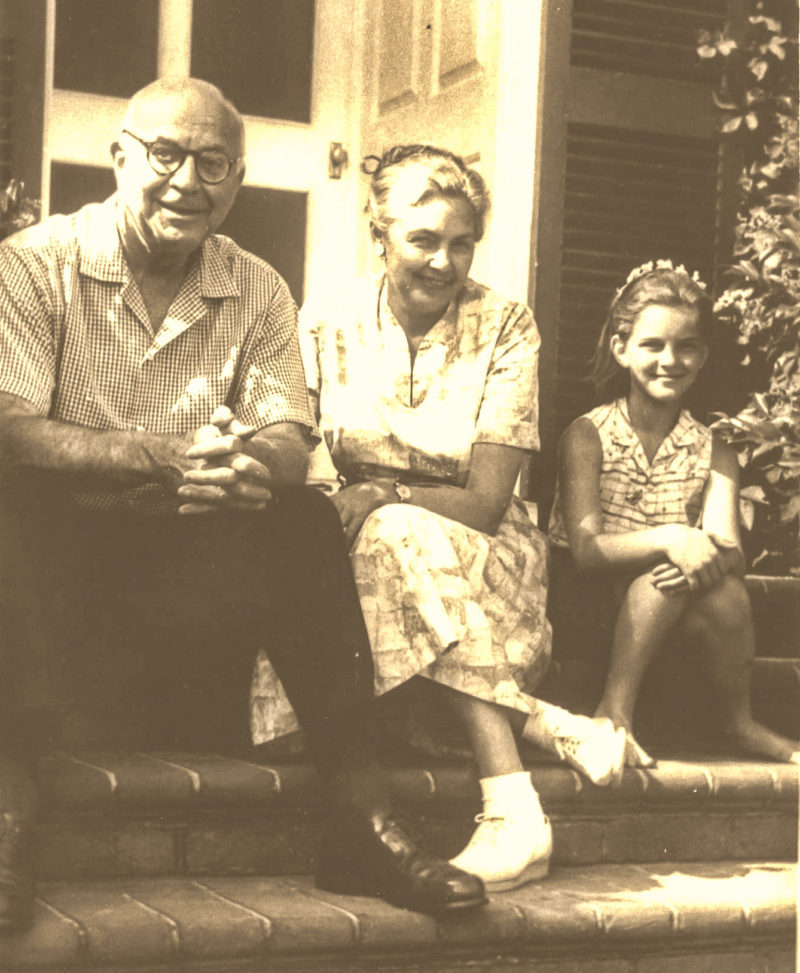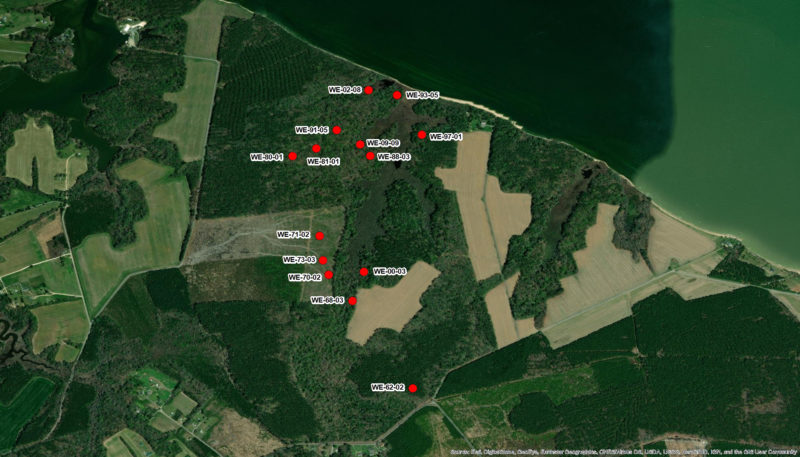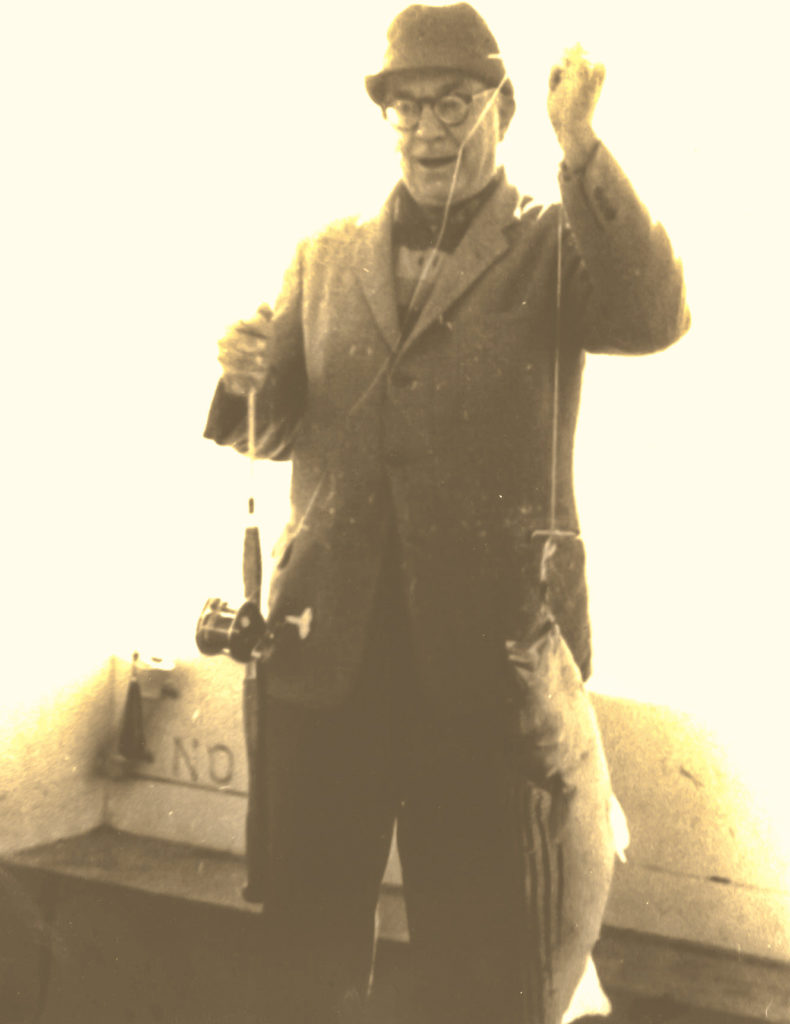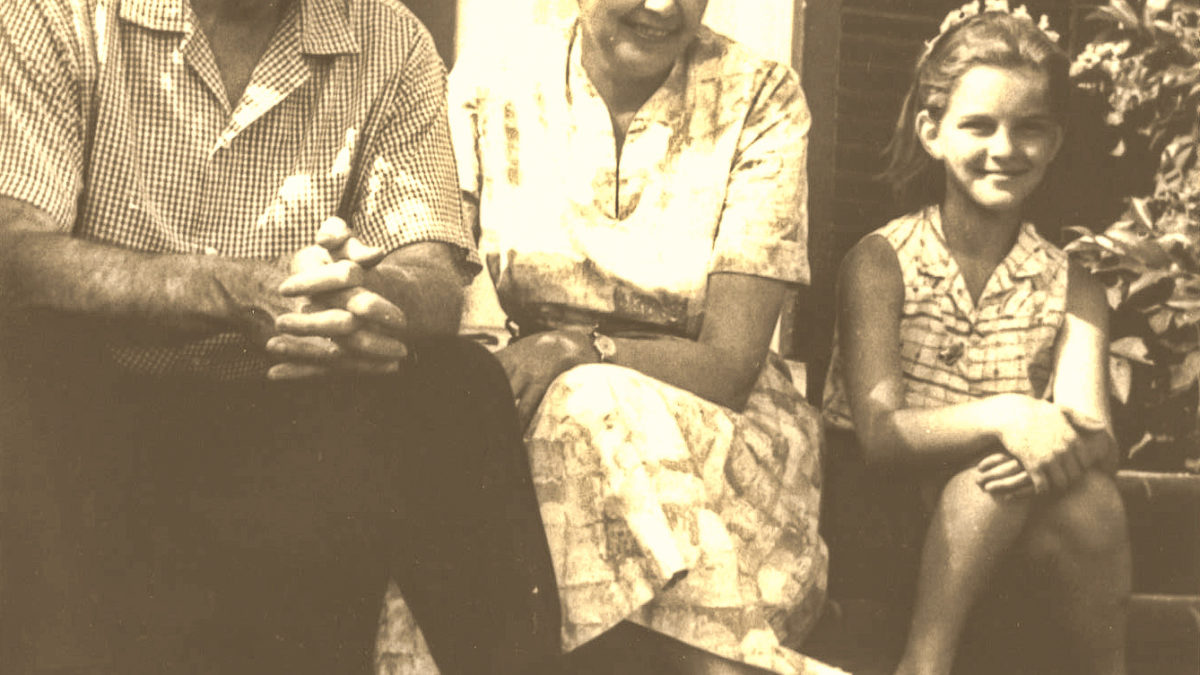Dos Passos: A conservation legacy

Tracking reveals sexual differences in Ipswich sparrow winter and spring ecology
April 4, 2022
Find CCB research on ScholarWorks
April 7, 2022By Bryan Watts
4/6/22
Bald eagles have now recovered throughout most of their range and certainly within the Chesapeake Bay. Now, so long removed from the silent years of the 1950s and 1960s it is easy to forget the feeling of the time – the desperate urgency to act coupled with a loss for just what to do. We look back over the long recovery as a grand institutional success and it was. But for eagles and many other species, surviving this period was about more than the new Endangered Species Act and Environmental Protection Agency. It was also the private landowners who sustained the few pairs that remained – the people who were gracious enough to consider these species in the day-to-day decisions about how they managed their lands. Each family has its own unique story and each has something to contribute to our understanding of the larger story of species survival. Here I attempt to highlight the Dos Passos family, their property at Spence’s Point and a single territory of eagles that survived the DDT era and continue to thrive today.

John Dos Passos was one of our greatest American writers. Above all he was a student of humanity. He lived in perpetual motion traveling the world to immerse himself in culture, literature, art and the breadth of human experience. He was considered by many to be the champion of the masses and during the early years of his career the people embraced him. Over and over again, for forty years he ran to the front lines of human struggle. He bore witness to war zones, fights for civil rights and trials that set the limits of social norms and the politics of inequality. Through his many novels, non-fiction treatises and essays published in prominent magazines, Dos Passos narrated the consequential topics of the day. His writings were not passive. He challenged humanity to struggle with the big questions. He challenged readers to engage with the life around them. His work seemed to push society to confront the cultural evolution that was ongoing during the middle decades of the twentieth century.
In 1949, after decades of living in cities around the world, Dos Passos established a home base on 1,665 acres of family land situated on the lower Potomac River in Westmoreland County, Virginia. “The Farm at Spence’s Point,” as the property would be known, was a mix of open farmland and maritime forest with long frontage on the Potomac. When Dos Passos and his new bride (Elizabeth Hamlin) arrived on the property in August, the house had not been lived in for many years. Dos Passos’ plan was to use the property as a base of operations for his travel and writing and to grow row crops, cattle and trees.

Dos Passos’ connection to this land dated back to early childhood. The property was a portion of more than 7,000 acres of land (including five miles of shoreline) amassed by his father following the Civil War. Dos Passos’ father, John R. Dos Passos, Sr., was a flamboyant corporate lawyer based in New York City with an interest in real estate. He owned several residential properties in New York City and Washington D.C. and through an agent bought up several estates along the lower Potomac around 1885, including Cherry Grove the estate where Mary Ball (mother of George Washington) had been raised. Throughout his early years, John, his father and mother Lucy would ride their steam yacht (The Gaivota – The Gull in Portuguese) to Sandy Point and spend holidays and weekends in the grand house (the White House). He and his father would swim daily in the Potomac, hike the shoreline and woodlands and enjoy the remoteness of the Northern Neck.
From 1949 until his death in 1970, the Dos Passos family including John, wife Betty, daughter Lucy (named for his mother) and step son Christopher would consider Spence’s Point to be their permanent home. After John’s death, Betty continued living on and managing the farm until her death in 1998.
I first became aware of the Spence’s Point property while flying eagle surveys along the Potomac River more than 30 years ago. Flying east along the south shoreline, the old loblolly stand is distinctive and can be seen from miles away. I learned that the eagle territory occupying the loblolly stand had been in continuous use since the aerial survey was started by Jack Abbott in 1962 – one of only several dozen “bridge territories” in the Chesapeake Bay region that survived intact through the DDT era. I also learned from Mitchell Byrd and Keith Cline that this was the Dos Passos property, the later home of the great American writer John Dos Passos. Keith, who managed the eagle banding team and banded nine eaglets on the property from 1978 through 1986, also indicated that the family had a conservation ethic that supported the pair. Over the decades as I flew over the property, I wondered just how much John Dos Passos was aware of eagles there and if the family understood the role that this land played in the survival of the species in the Bay.

Recently, I had the opportunity to speak with Lucy Dos Passos Coggin about eagles and early life at Spence’s Point. I asked about her childhood memories of eagles on the property and if the family was generally aware of the birds.
Lucy said, “Eagles were just part of daily life around Spence’s Point. We would see them regularly perched in trees along the shoreline where they would bring fish to eat. In recent years we find fish parts that they have dropped from trees in the yard.” She recalled that, “When we would go swimming in the river, mother would laugh and wave to the eagles on the shoreline or flying overhead like they were old friends.” She said that, “When we would go out in a boat it was impossible not to be aware of the eagles in the area.”
Lucy shared an excerpt from a letter her father wrote to noted editor Lovell Thompson of Houghton and Mifflin dated 20 January 1964.
“Saturday morning, a pearly frosty morning such as only the Chesapeake can produce in winter, we saw not one but two enormous baldheaded eagles in our great gum tree. Obviously Mr. and Mrs.
Maybe you and K will undertake an eagling tour of the Northern Neck when next you take a southerly jaunt.
Yrs
ever,
John Dos Passos”
The old loblolly pine stand along the western edge of the marsh that stands out like a beacon from the air appears to have been left intact. I asked Lucy if the eagle pair may have been a consideration in decisions about how the land had been managed.
Lucy said, “I was very young when the timber sale was made in the early 1950s that left those trees so I don’t know about discussions related to the sale. It has always seemed odd that those trees were not included in the sale… The family has always considered nest trees when deciding about timber harvest.” These thoughts are consistent with conversations between Keith Cline and Betty during the early 1980s when she indicated that the block of old timber was “left for the eagles.”
I also asked Lucy if she felt that the family was aware of all that was going on with eagles during their steep decline and how unusual it was to have eagles during the bottleneck years of the 1960s.
Lucy said, “Their closest neighbors down the road, Maurice A. and Marjorie Thorn. Mrs. Thorne was a conservationists of sorts and her parents and the Thorns had passed around Silent Spring by Rachel Carson. They had discussed the growing concerns about contaminants in the local food chain. Marjorie had unknowingly used Dieldrin on their lawn and felt that it had killed their pet cat.” She said, “I assume that my father recognized that eagles were declining throughout the area but that their pair still remained.”
In 1949, John Dos Passos returned to the Northern Neck along the Potomac River to set down roots in a place where he roamed as a child. He immediately began writing a new novel titled “Chosen Country.” He had spent most of his life traveling to learn and to report on the dominant themes of humanity. We do not know whether all of these experiences or living at Spence’s Point in his later years moved him to reflect on the essence of life or conservation within the Chesapeake Bay.
Following Betty’s death, Lucy and Christopher would become the third generation to assume responsibility for the Spence’s Point tract of land. The Dos Passos family has now been mindful stewards of this land for more than 130 years.
Lucy says, “We have a long-term plan for the property and it is our hope that the Dos Passos family and eagles will continue using it.”




